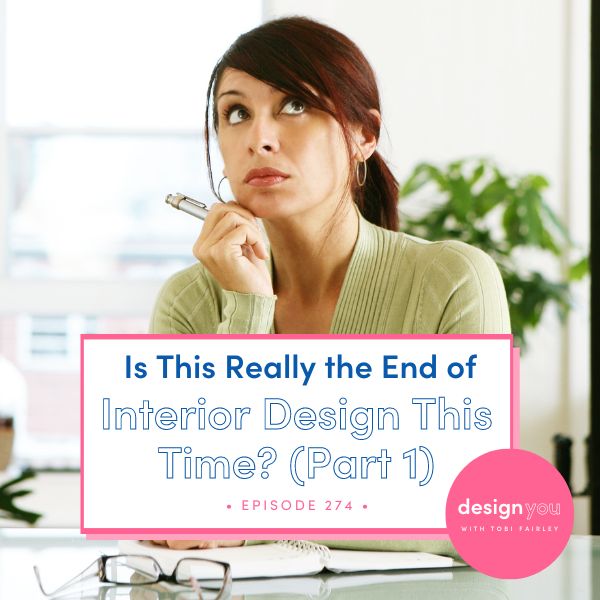
Launching my e-commerce store with my daughter has really got me thinking about the interior design industry and revenue streams. So today, I’m bringing you the first in a series of episodes about the current state of the design industry and additional revenue streams.
A lot of people are worried about the future of the design industry and how they can be successful interior designers over the coming years. As long as people have homes, there will always be a need to make them functional and beautiful. However, the industry is changing, and if you want to stay ahead of the curve, this series is for you.
Is this really the end of the design industry? Tune in this week to discover how the design industry is changing, why the only thing that’s been certain lately is uncertainty, the impact of the democratization of design, and everything you need to know about the softening economy that is affecting interior designers’ bottom line.
Discover a new path to success in the Interior Design Industry with our live 3-part training: How To Create Additional Revenue Streams. Join us as we teach you the strategies to launch innovative income streams, freeing you from the limitations of traditional design services. Don’t miss this opportunity to revolutionize your business and thrive in today’s competitive landscape. Grab the Training Series now to prepare your business for today & beyond!





